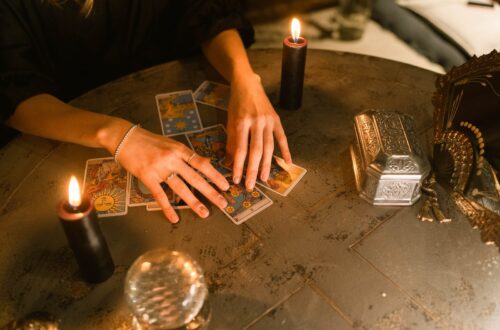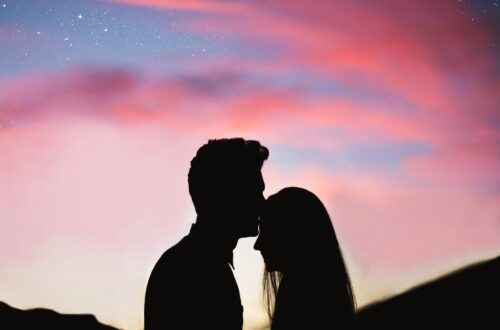
Voodoo love spells
Voodoo love spell
Voodoo followers believe that the material world and the metaphysical world are inseparable. The sign of this is an isosceles cross. At the point where the arms of the cross intersect is the entrance to the world of les Invisibles. In it dwells the one and only Creator God, as well as Loa spirits and ancestral spirits. The Loa mediate between the mortal world and God, and it is to them that they are worshipped. During Voodoo ceremonies, a particular Loa is invited and requests are made to him – for rain, health or wealth.
Hunfor is a special place for Voodoo worshippers. It houses the altar and the instrumentation necessary for the ceremony. Usually there is a peristyle, which is a covered, but open on the sides, building. This is where the participants in the ceremony gather: the chief priest (hungan hunforu), priests and priestesses (hungani and mambo), the master of ceremonies (la place), drummers (houn’torguiers) and the chanting guide (hungenikon). The ceremony is also attended by hunsi canzo, who have passed certain stages of Voodoo initiation, and unlearned mortals – hunsi bossale.

Voodoo altar
In the center of the peristyle is a pillar called a poteau-mîtan. It is an altar that represents an isosceles cross – the mortal world is the plane, and the poteau-mîtan crosses it. Every ceremony takes place at it. Through it the summoned Loa enters the peristyle. White candles, a vessel with water or rum, flowers and gifts that the Loa in question cherishes are placed at its base. This is done to entice him to come and impersonate one of the participants in the ceremony (known as possession). All ritual objects are baptized before the ceremony. Not only is the machete that will be used to sacrifice the animal sacrificed sacred, but also the drums that the houn’torguiers beat rhythmically and faster during the ceremony, which helps bring the summoned Loa to the peristyle.
Voodoo ceremony
A typical Voodoo ceremony begins with the houn’torguier greeting the most important Loa – Legba and the two Holy Trinity – Father, Son and Holy Spirit – as well as les Morts (ancestral spirits), les Mystéres (Loa spirits) and les Marassa (Divine Twins). The head priest then greets the Loa he wishes to invite. La place lights candles and draws a vèvè in front of the altar. This is the pattern assigned to a particular Loa. It obliges the deity to appear at the ceremony. A powder is used to make it – for example, corn flour or its mixture with wood ash (which is popular in Haiti). During the ceremony, Catholic litanies and Voodoo prayers are recited, and the hungenikon intones songs in a specific order. The drummers beat the drums faster and faster, and the participants dance, which is more like spinning. Finally, one of the participants enters a trance – a sign that the deity has taken possession of the person. From then on, everything he says is treated as the voice of the deity itself. Finally, an animal sacrifice is made to the summoned Loa or energy is transferred in other ways.
Loa Council and Petro Loa
Haitian Voodoo distinguishes between two groups of Loa. The Council Loa are friendly and peaceful spirits. Petro Loa, on the other hand, are menacing and malevolent spirits. During ceremonies where the Council Loa are called upon, participants are dressed in white. Three drums are used, which are covered with will-skin, and which the drummers hit with sticks. It is customary to sacrifice a chicken or goat to Rada Loa. Ceremonies for Petro Loa are much more spectacular. Participants dress in red and have their faces painted that color. The rhythm for the dances is provided by two drums, which are covered with goatskin. The drummers hit them exclusively with their hands. Pigs are sacrificed to Petro Loa. High priests sometimes forgo live sacrifices in favor of releasing the energies of life and death in other ways – this is Voodoo’s greatest secret.



